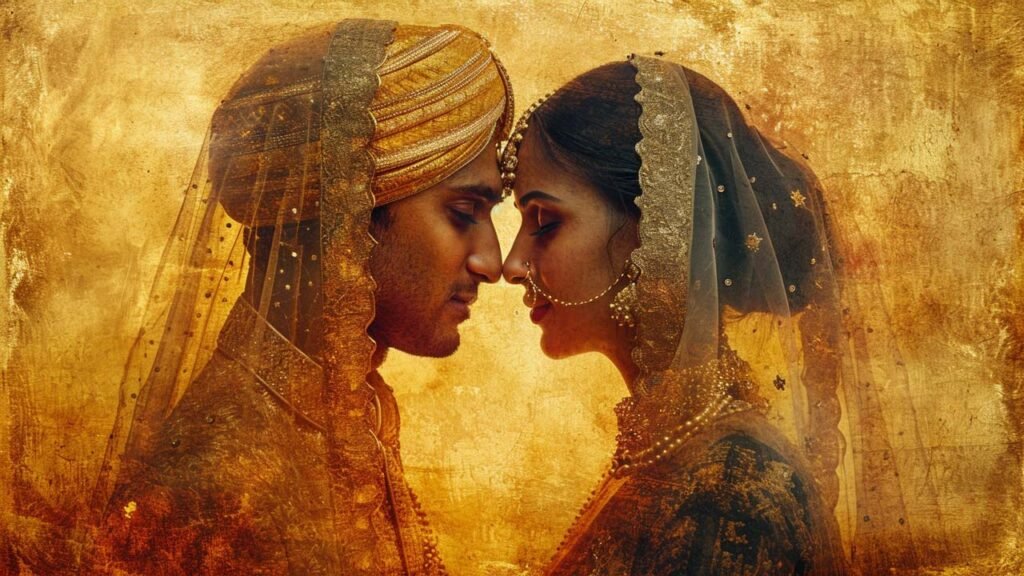When a country starts to develop economically, a few things tend to happen: the death rate falls, workers become more productive, consumers consume more, and birth rates normally fall. During this period, countries experiencing such changes have a relatively small number of retirees and a small share of the population composed of children. This means that a large share of the population is economically productive, working either formally or informally. This phenomenon is known as the demographic dividend. In contrast to the rapidly aging populations of East Asia, North America, Europe, and parts of Latin America, India boasts a large and comparatively young population. In just over a decade, about a quarter of a billion Indians are expected to reach adulthood and join the workforce, a development economists expect to be beneficial for Indian economic growth.
But this could also be remarkably good news for gold investors. Why?
India is already the world’s largest democracy and is second only to China in gold consumption, with 984 metric tons against China’s 849 metric tons, respectively. India is almost certain to surpass China in gold consumption due to its growing population and economic growth.
The United States sits third in total gold consumption at only 193 metric tons per year. What’s interesting is that the US GDP is roughly $25.5 trillion, compared to India’s GDP of $3.4 trillion. Despite having an economy less than one-seventh the size of the US, India consumes over four times as much gold. Per dollar of economic production, Indians choose to consume and invest far more of their wealth in gold than Americans do. Projecting this preference forward, as the Indian economy is poised to surge, suggests that Indian population and economic growth will increasingly determine and support gold prices. While some of the demand for gold will come from Indian consumers and businesses, some may also come from the Reserve Bank of India, which increased its gold reserves towards the end of 2023.
Another reason India’s economic ascent will impact gold is the role that gold plays within Indian culture. CBS News describes how central gold is to Indian celebrations and weddings, noting it as a “symbol of purity that also shows the couple’s wealth and well-being.” Gold is given as a wedding gift, worn by the bride, and, before dowries were banned in India, was often part of a dowry. With hundreds of millions of Indians coming of age in the coming years, a significant number of increasingly affluent Indian couples are set to wed, with gold likely playing a big part in those celebrations.
While India is not yet the largest overall consumer of gold, it has already established itself as the largest consumer of gold for jewelry. Its lead in this area is likely to expand as India becomes increasingly prosperous. However, looking solely at the economic growth of the nation may understate the impending impact of Indian prosperity on gold. Two other factors in which Indian development can drive demand for gold are through the Indian diaspora and Indian cultural influence.
The Indian diaspora, comprising tens of millions of people, can be found around the world. In many countries, including the United States, the Indian diaspora tends to have substantially higher incomes than the average. The cultural traditions and investing preferences of Indians, including those outside of India, drive significant economic activity. As this population grows, its impact in various economic areas, including the price of gold, will only become more significant.
Less directly, but not necessarily less importantly, is the cultural influence of India. While this influence is already evident from Bollywood to the popularity of Indian cuisine and yoga, the growing prominence of India is likely to shape global culture. Just as the United States and the West exported certain wedding traditions like the white veil and dress worldwide, Indian weddings and their embrace of gold may similarly influence other cultures. Likewise, the prudent choice to invest in gold as a store of value, a practice shared by many around the world including many Indians, may also gain popularity due to Indian cultural influence.
Call 1-888-GOLD-160 and speak with a Precious Metals Specialist today!



